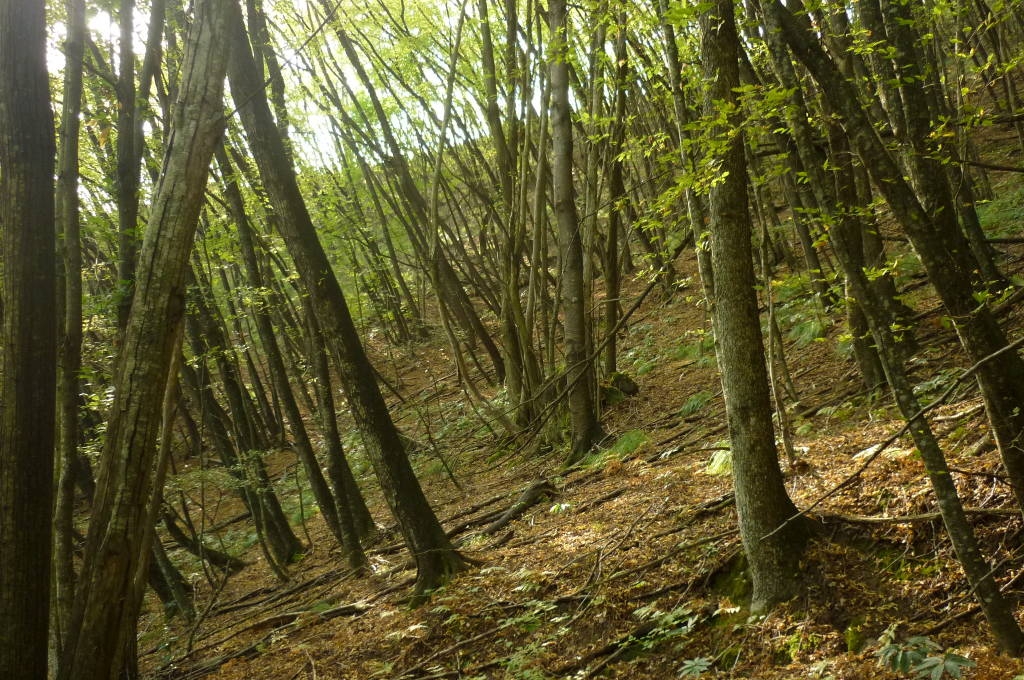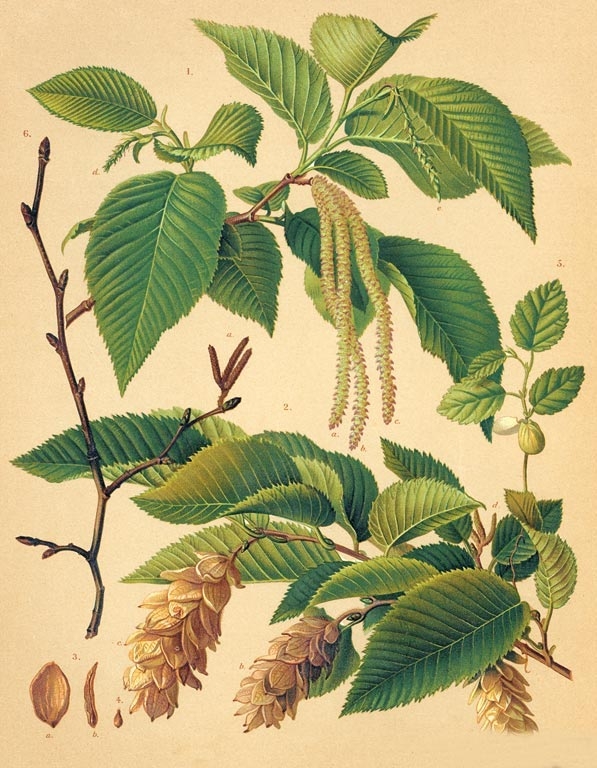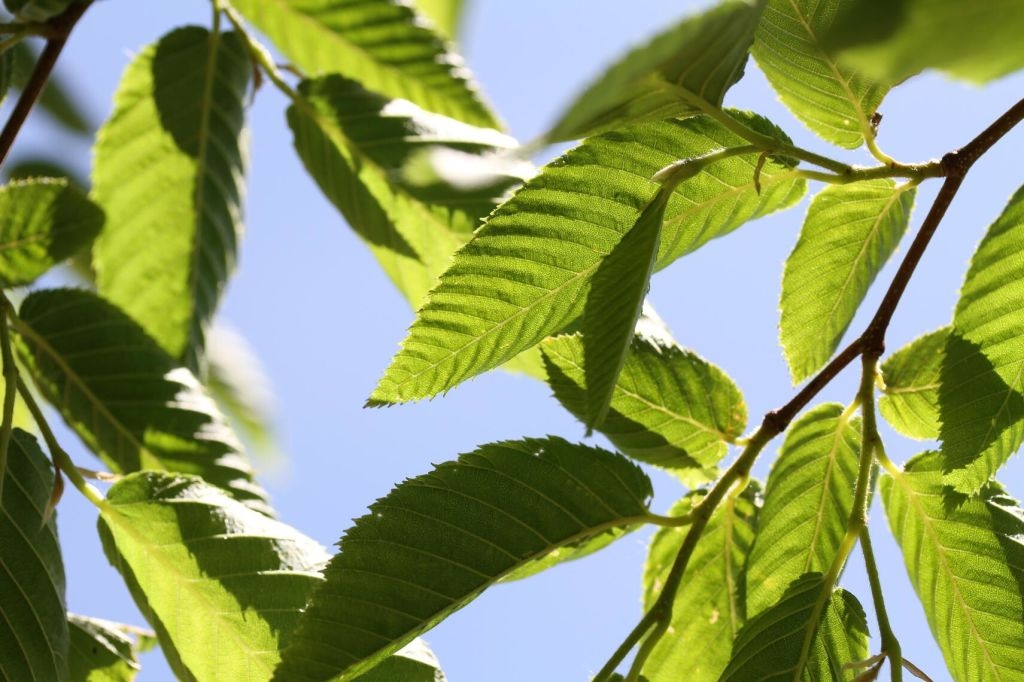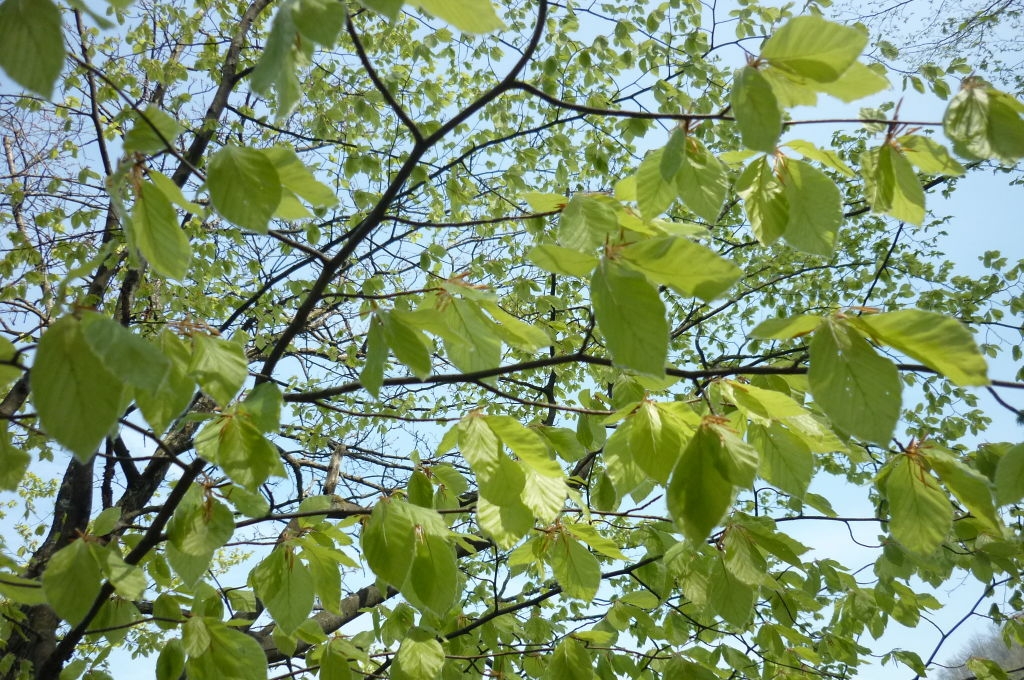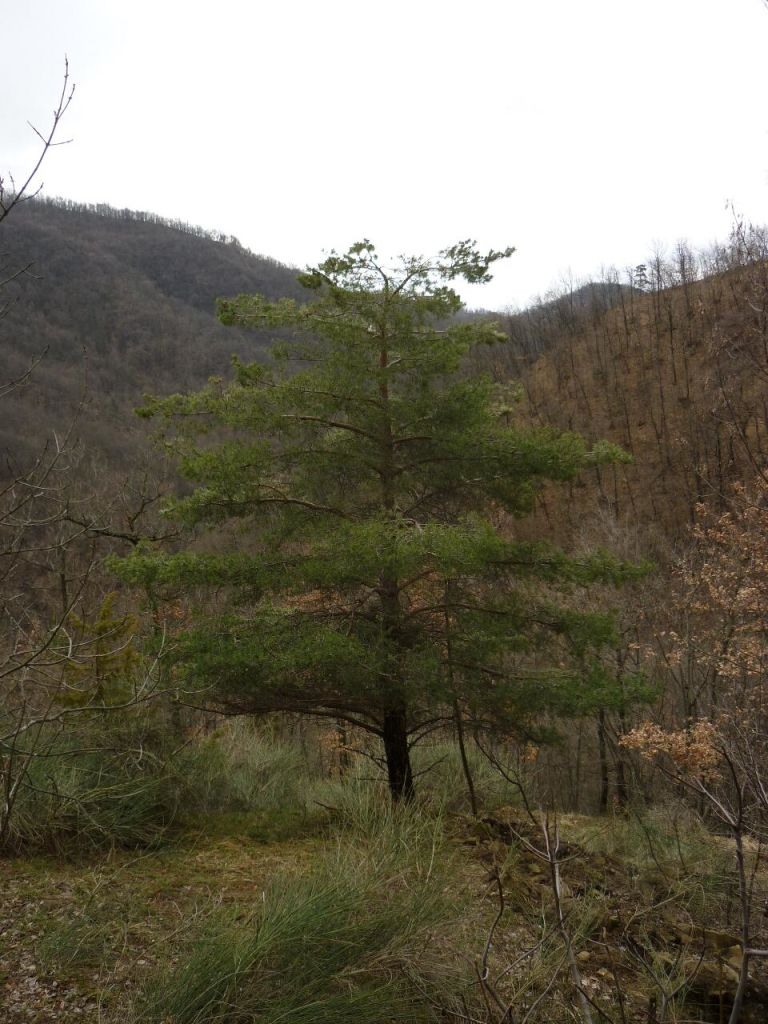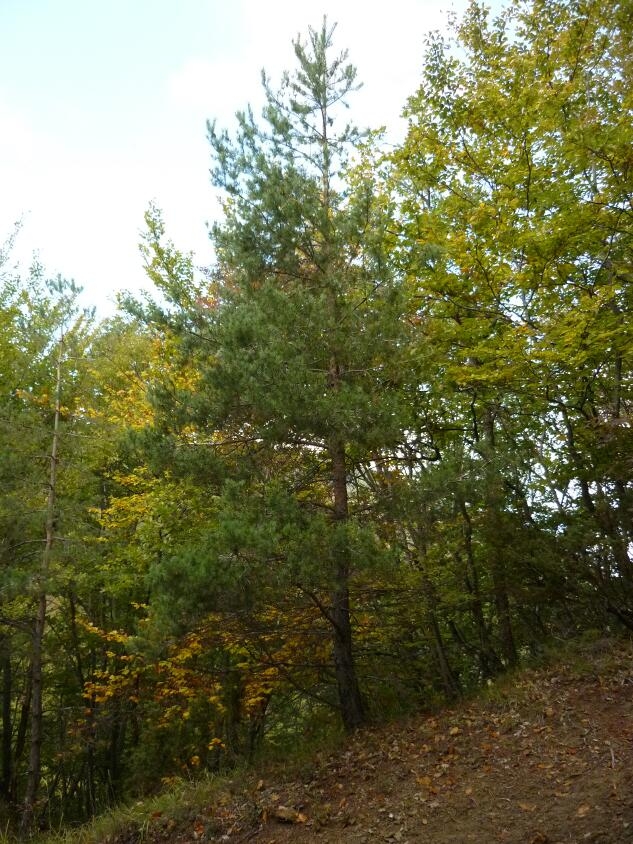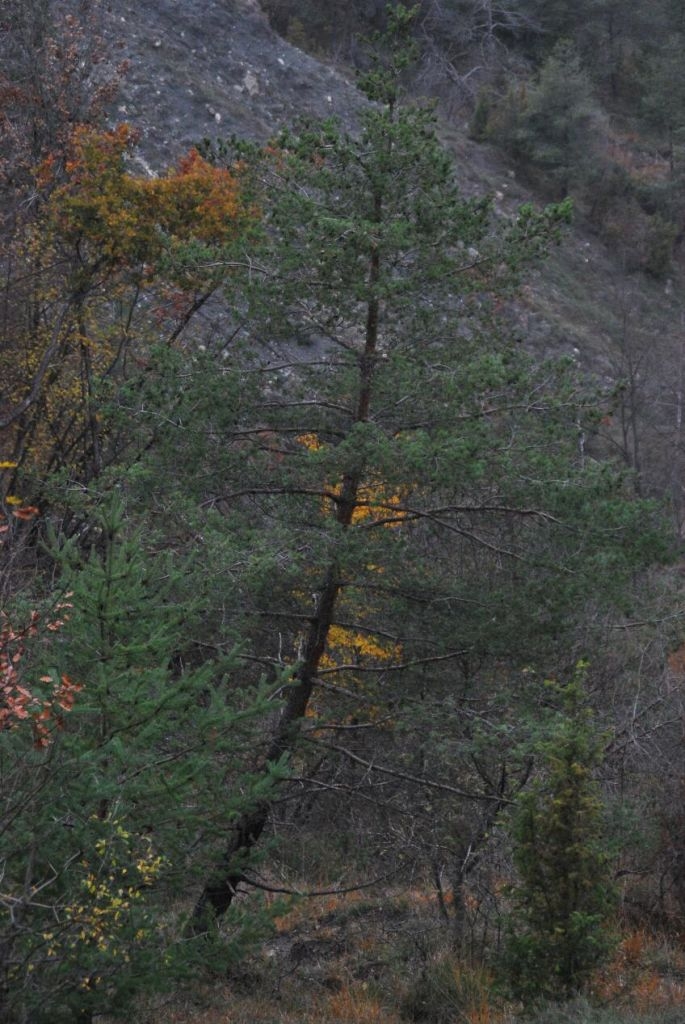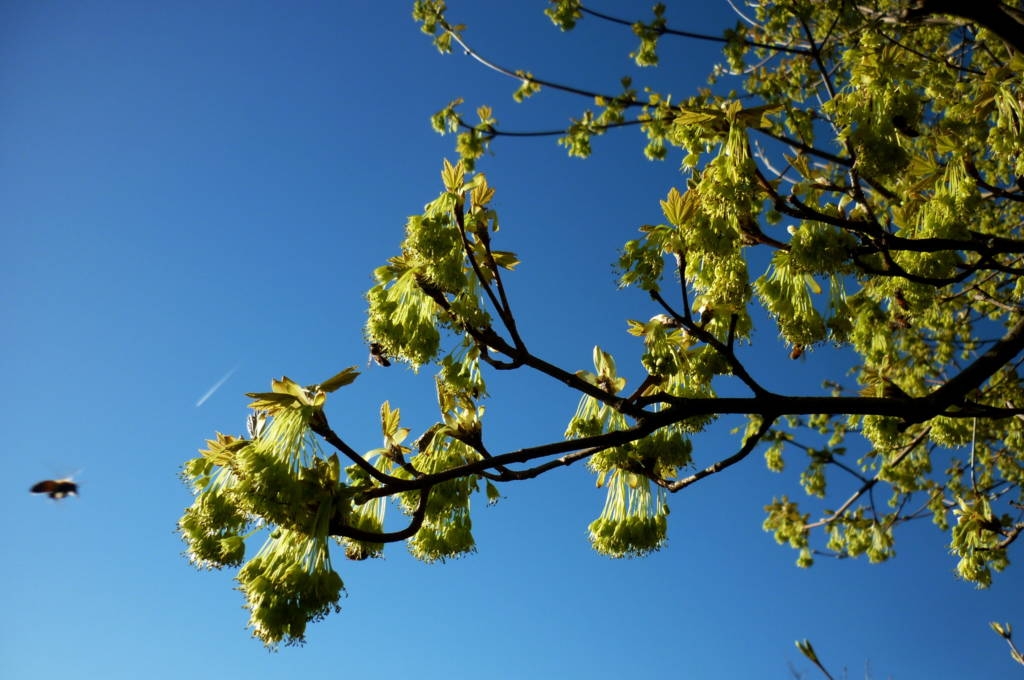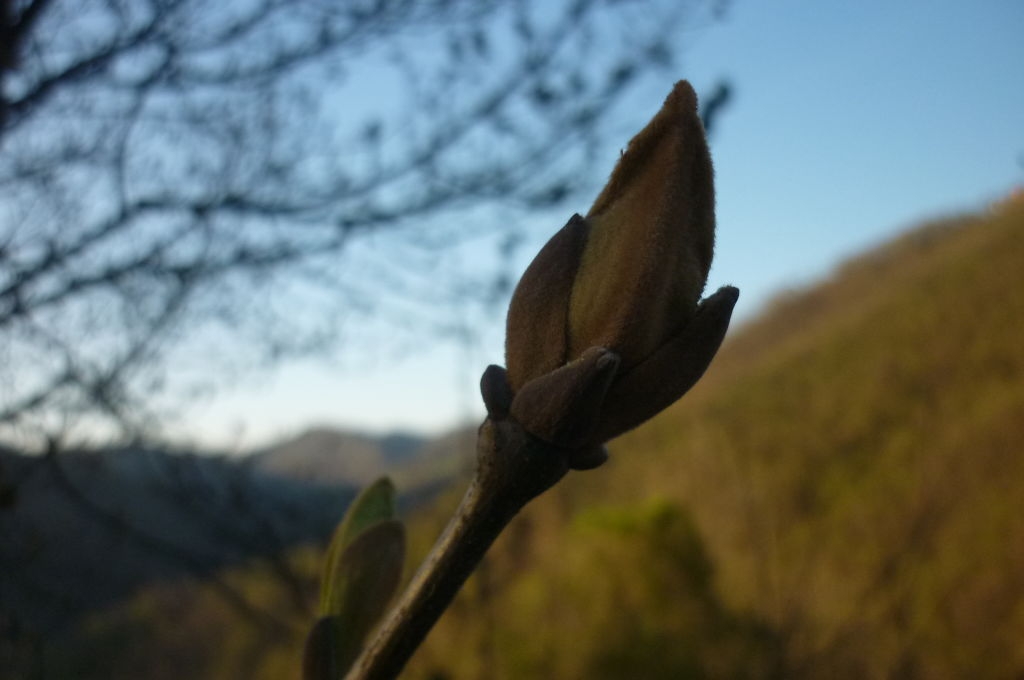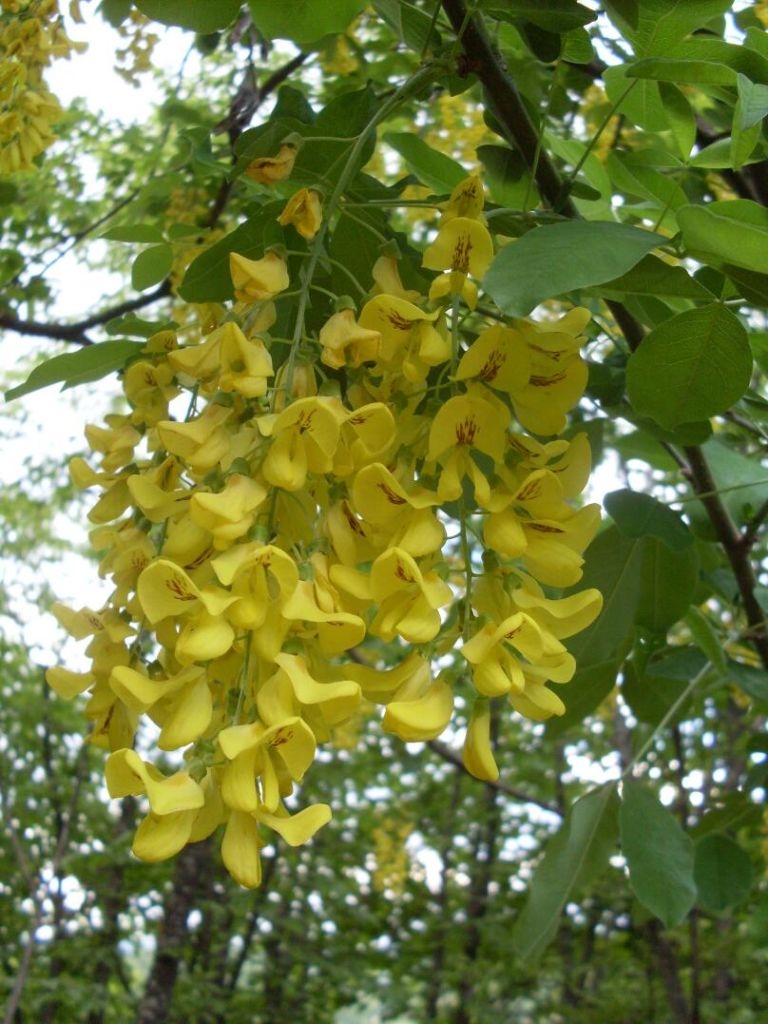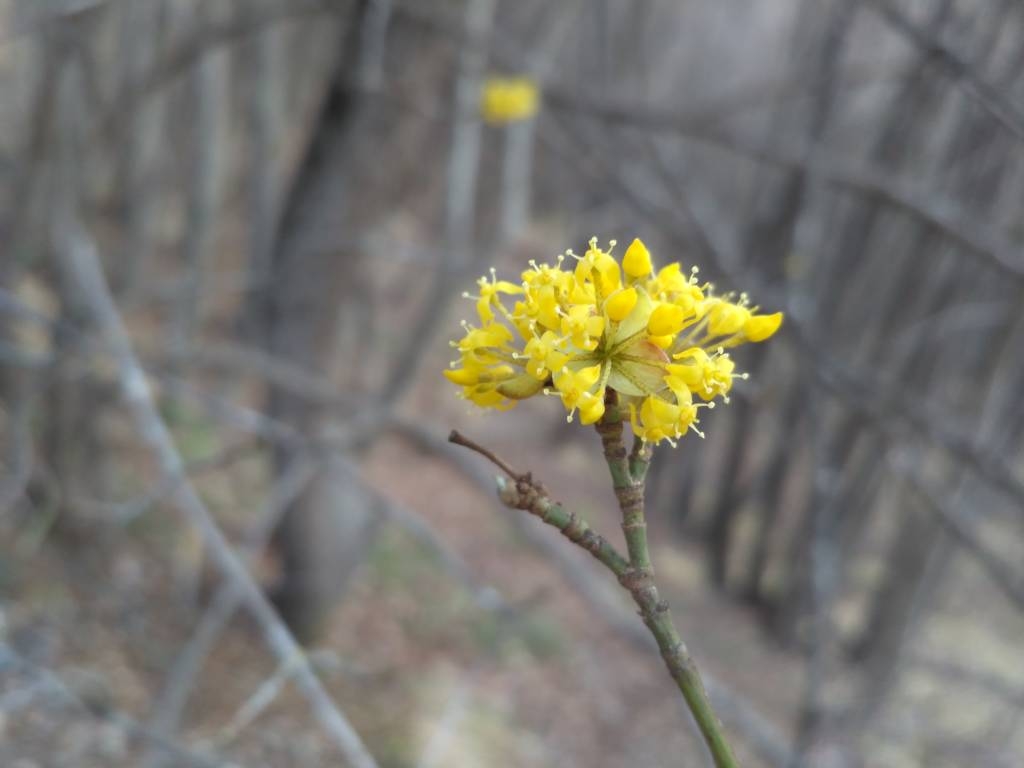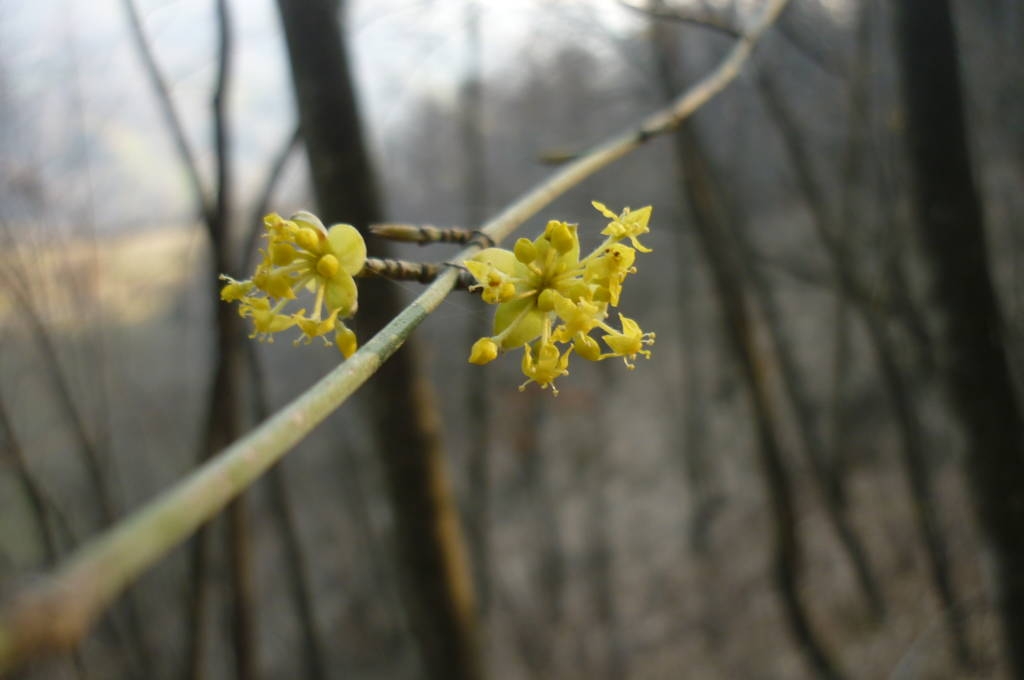The various types of trees in the Tassaro valley
Marc
A fun way to better recognize trees during a nice walk in Val Tassaro.
The diversity of environments in the valley creates favorable conditions for the presence of plant species which in other geographical contexts are distributed over much larger surfaces. In the valley, next to ancient specimens of beech, typical of the woods of the upper Apennines, you can find the Scots pine, a characteristic species of the lower hills. Between these two extremes, a great variety of other species are encountered.
Recognize trees
This page is an introduction to the trees of Val Tassaro with which it is possible to recognize around ten trees by looking at: the leaves, the trunk, the shape, the flowers and the fruits or seeds.
During summer and autumn it is certainly easier to recognize trees than during winter when the leaves have fallen. The shape of the leaves is probably the most important feature for identification. During spring the flowers give precious clues to recognize the tree, followed by the growth of fruits and seeds.
Oak
A majestic tree with lobed leaves, often with an imposing trunk. Oaks are known for their longevity and the strength of the wood.
Hornbeam
Tree with double toothed leaves. Its wood is hard and resistant.
Beech tree
Deciduous tree with smooth and toothed leaves, typical of the woods of the upper Apennines. During autumn, the leaves turn bright colors.
Chestnut
Tree with long, toothed leaves, produces edible chestnuts. Chestnut trees are often grown for both their wood and fruit.
Scots pine
It is a colonizing plant with few demands regarding the soil and the need for water. It is an adaptable species that prefers calcareous soils but also tolerates clayey soils, resists cold (microthermal) and dry conditions. It usually grows at altitudes between 500 and 1400 meters. Tree with long, thin needles, typical of the lower hill areas. The Scots pine is known for its slender shape.
Elm tree
Tree with asymmetrical and toothed leaves. Elm trees have long been used in urban arboriculture.
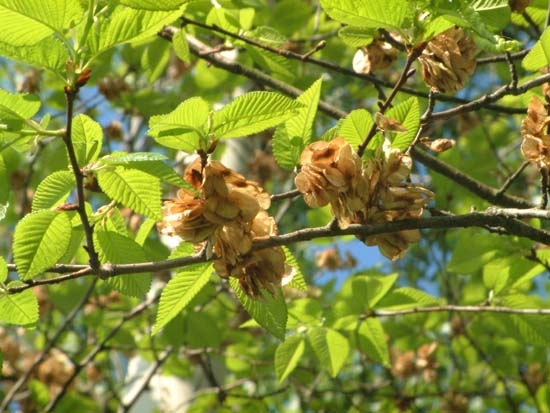
Maple
Tree with palmate leaves and characteristic seed helices called “samare”. Maple is prized for its vibrant fall colors.
Poplar
Tall tree with heart-shaped leaves. Poplars are often planted for rapid growth.

Orniello
Robinia pseudoacacia
Robinia pseudoacacia, in Italian robinia or acacia, is a plant of the Leguminosae family, native to North America and naturalized in Europe and other continents.

Laburnum (Laburnum anagyroides)
Small trees with trifoliate leaves. Yellow flowers gathered in hanging clusters. The fruit is a legume. The flower of the Robinia pseudoacacia is edible, the flower of the Laburnum is toxic!
Dogwood Maschio
Small tree or shrub. There are two types in Emilia-Romagna. The Dogwood with white flowers and the Dogwood with yellow flowers.
Dogwood sanguinello
Dogwood is a small tree or shrub that can reach a maximum of five metres. The leaves turn red (dogwood) during autumn. It often grows at the edges of woods. The fruits are round and turn black and are not edible to humans.




